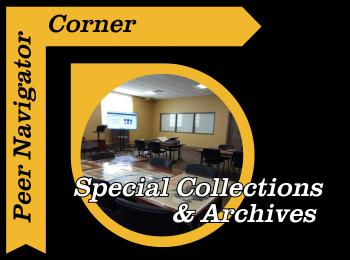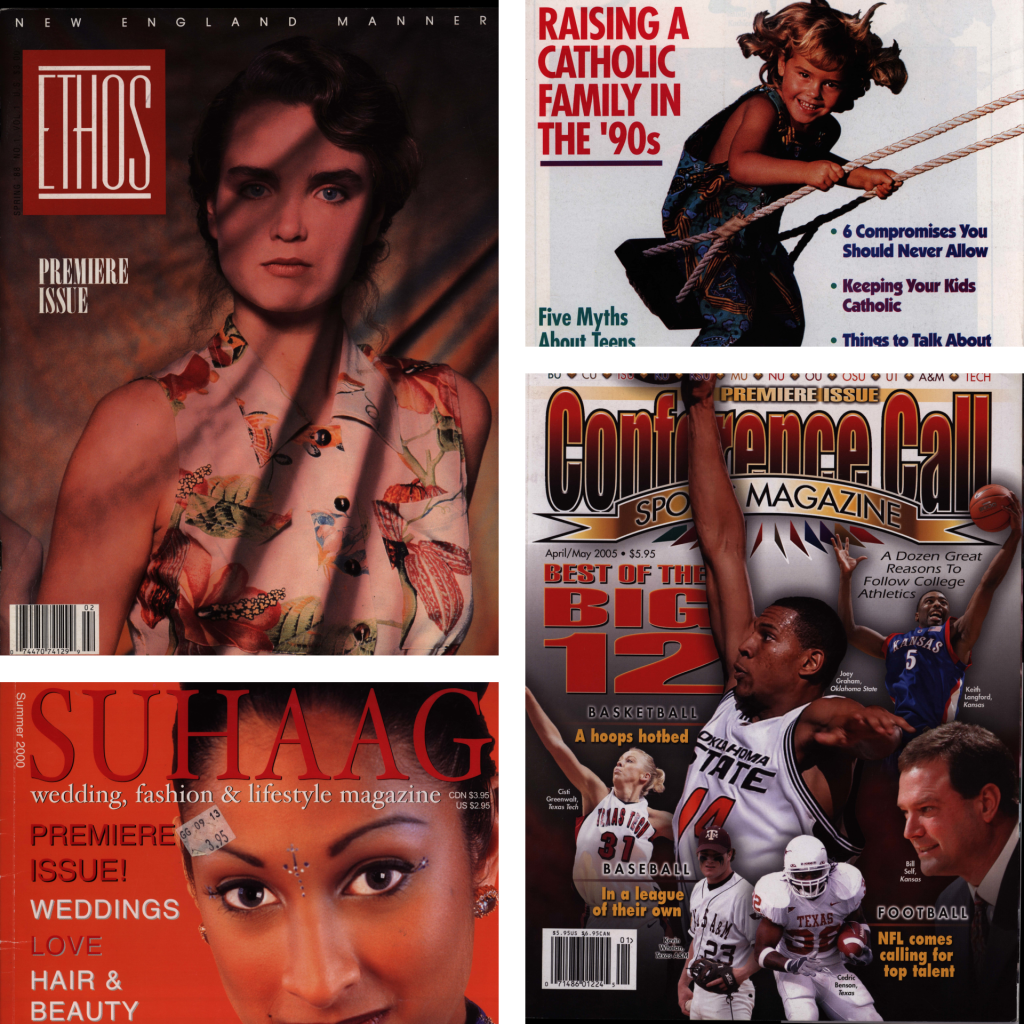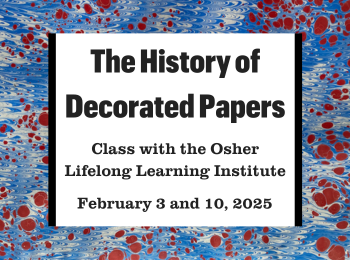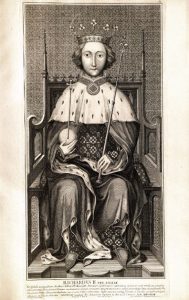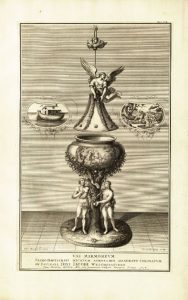Written by: Allison Boedges
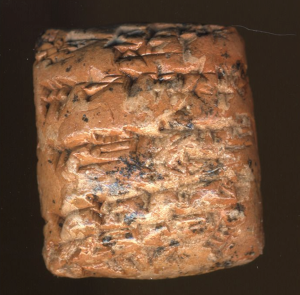
In the hushed, less-crowded upper levels of the library you can find quiet stacks of books, unclaimed study rooms, cozy reading nooks, and, in the west tower of the 4th floor, a very special collection of old, rare, and precious books and materials. Hardworking librarians collect, curate, and carefully maintain a vast collection of books, maps, diaries, and original prints. Formats include graphic novels, parchment, papyrus, and cuneiform tablets dating back hundreds, and in some cases thousands, of years. All of these materials are available for students and provide perfect resources for any class work, research projects, or independent study – especially for any projects needing primary resources.
How can I use these resources?
Special Collections can be accessed via appointment by anyone, regardless of student status. Simply navigate to the Special Collections and Archives homepage (https://library.missouri.edu/specialcollections/), and once there you can choose to create an appointment with either Special Collections or the Archives. Please note the hours of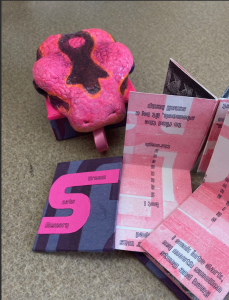 availability and read the instructions provided to allow for the best possible experience for both you and the staff. Special Collections alone has over 200,000 items, many of which are rare, unique, and valuable. While some are stored in Ellis Library, other materials are off site in climate controlled settings. When making your appointment, it is recommended to book 3 days in advance to allow for the materials you need for your research to be pulled from storage and brought to the Special Collections Reading Room.
availability and read the instructions provided to allow for the best possible experience for both you and the staff. Special Collections alone has over 200,000 items, many of which are rare, unique, and valuable. While some are stored in Ellis Library, other materials are off site in climate controlled settings. When making your appointment, it is recommended to book 3 days in advance to allow for the materials you need for your research to be pulled from storage and brought to the Special Collections Reading Room.
Which location should you choose?
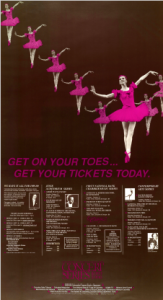
Special Collections and the University Archives differ in terms of content. The Archives are the official location of all the University of Missouri records, manuscripts, and papers. This includes photos from student organizations, collections of publications from certain professors, details about students and curriculum, and even things like posters from past University Concert Series (like this one from 1989-90). The purpose of University Archives is to store and preserve all of these very important records, while making them available and easily accessible. Special Collections on the other hand, is the University’s extensive collection of rare and old text, art (like the pictured meander book), maps, and artifacts – materials that are incredibly valuable but generally have little to do with the University itself.
Whether you are doing research, working on class assignments, or fulfilling a personal interest, the Special Collections and Archives have something for you. Make an appointment and get started on your next essay or your passion project with the Missouri Libraries Special Collections.
